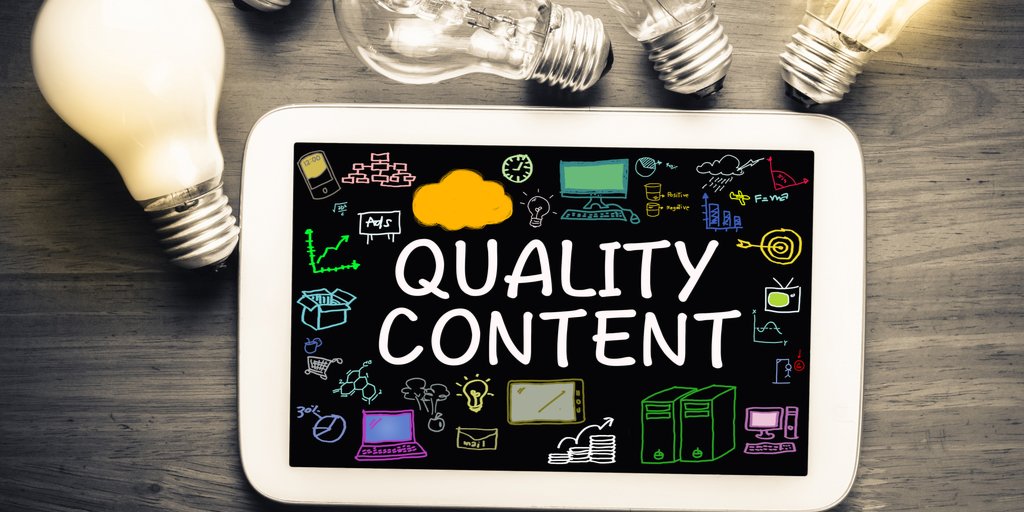
B2B businesses are constantly aiming to nail down that perfect, predictable sales cycle. If only it were that easy. Unfortunately for businesses, predicting sales can sometimes feel like taking a shot in the dark. Every customer is different, and buying habits vary. That means what worked for one customer might not necessarily be successful for another.
Within a typical sales cycle, some variations and blockers make prediction almost impossible. However, there are ways that you can ease prediction and make the different stages a lot more efficient.
A shorter sales cycle means there’s more time to generate more leads, which means more room for growth and an improved bottom line. So, in this post, we’re going to look at the different ways in which you can aim to improve and shorten your sales cycle with various marketing techniques.
We’ll cover:
In modern marketing, there are two main popular approaches: traditional and inbound marketing.
In more traditional marketing efforts, it’s the sales representatives that will reach out to their customers and make the initial move. Here’s what a traditional sales cycle looks like:
The first step a sales team will take is to start prospecting and scoping out the perfect customer. A lot of research goes into this stage so that they can make sure that the customer is the best fit possible.
Secondly, this is the stage where a business will first connect with their target customers. This is usually done over email or a phone call. This initial phone call is more of an introduction and a general chat, rather than diving straight in with something too full on that could potentially scare off the customer.

From here, the sales representative will need to do some further understanding and researching of the customer. The best way to do this is to speak to them. After all, is there anybody that’s going to know how the customer’s mind works better than themselves? In this stage, you’ll want to find out their main challenges and pain points so that you can tailor your approach towards these.
The next stage is the big one – your service pitch. This is where you present how your B2B business can benefit your clients and how they’d be far worse off without your services and expertise. You need to nail this and will come back to how well your value proposition resonates. This part of the process is what will spark the initial need for your service or solution.
If there’s a clear interest in your services, then a demonstration of what you can provide in more detail should be supplied to the customer. This will further your value and show the business exactly what they’ll be getting from you should they choose to partner with you. A demo also helps the buying decision.
When the customer is ready to buy and has made their decision, it’s time to close the deal.
Whereas traditional strategies sales teams make the first move, it’s the customer that initiates the relationship within inbound marketing. A lot of B2B businesses opt for this kind of approach.
The first stage of an inbound marketing sales cycle is the awareness stage. During this stage is where the buyer encounters that they have an issue. So, in hope to counter their problem they start searching for content through Google. The awareness stage takes the buyer through a research and understanding phase of the buyer’s journey.
During the awareness stage, the buyer will find various sources of information, including your site. But it’s up to you to produce top-quality content that the visitor can consistently trust so that they start to see you as an authority.

After they’ve started to trust your site, the visitor will usually download a premium piece of content in return for their contact details through a landing page. This is the initial point of contact and is where the lead starts to move through the consideration stage of the buyer’s journey. They’ve shown a clear interest in your business and want more information.
From here, your team should then smoothly nurture them through the process by drip-feeding them more content around the relevant subject. The content should be a mixture of blogs, case studies and demos – that way, they can get a real-life feel of how your business and service can benefit them.
Once the lead has made a decision, they’ll usually reach out for a free trial or further information. This is where you need to really sell your business. Once they’ve progressed into this decision stage, it’s then up to the sales representative to aid the closing of a sale and turning them into a customer.
And the sales cycle doesn’t stop there. The inbound methodology is all about a sales experience that delights the customer before, during and after the sale so that they return as loyal customers after the first sale.
An average sales representative spends 21 percent of their time writing emails and 17 percent carrying out prospect research. Which shows that it’s not uncommon for a sales team to spend more time inputting and producing data than actually selling.
By automating repetitive tasks, you’re freeing up time for your sales reps to be focusing on the high-value tasks. For example, building long-lasting brand relationships and focusing on delighting your customers. Sales automation tools can massively ease the workload and help you complete these tasks.

Nobody likes learning about hidden fees and unexpected costs late in the day. So, while it can be tempting to hide the price to soften the blow throughout the sales journey, we’d advise that you didn’t. It’ll no doubt come back to haunt you the later that you leave it.
Make it crystal clear what the prospect will be receiving from your business. Not only this but make it even clearer how much it’ll cost them. That way, you’re not wasting yours and their time for one party to pull out at the last hurdle. Pricing transparency gives prospects a reason to trust you, which is good for strengthening relationships.
This is especially important for the contract signing. One thing that massively slows down proceedings is waiting for contracts to be signed and sent back. So, if you can make them available to accessed and signed on any device, there’s more chance that they’ll be returned quicker.
Buyer behaviour has shifted with the advancement of technology. The majority of people now carry smartphones or tablets around with them every day, so they won’t have to wait to get access to their laptop to communicate with your business. This will dramatically speed up your sales cycle.

There’s no point in promoting your content on channels that aren’t relevant, is there? There’s a reason why certain channels have been left behind by the likes of social media in modern marketing methods. Focusing on irrelevant channels or poorly performing ones is a waste of time and money – it’ll do the opposite of shortening your sales cycle.
Track which of your channels are the best performing with the use of various analytical tools. Once you’ve identified which areas are your strongest, continue to build our efforts around these as they’re the ones that’ll provide you with the biggest return on investment (ROI).
Make sure that you’re constantly checking the different channels. Just because one channel is working, for the time being, doesn’t mean that it’ll still be on top in six months.
As we’ve mentioned, building strong relationships with your prospects is key to your success. Nobody wants to speak to that typical salesperson who they can sense is putting on an act. People want to deal with sales reps who care and actually have the best for the customer in their mind – not just focused on how much commission they can make.
So, your sales reps should reflect somebody that you’d want to deal with. If you couldn’t see yourself buying from your business’ sales team, then how can you expect your prospects?
Bear in mind that B2B businesses rely on human interaction to sway their decision. So, your customer service needs to be at a very high standard to maximise your conversion potential.

There’s no point in sending emails out to people who aren’t reading them. They’ll simply see them and delete them. So, you should have a regular spring clean of your CRM so that you’re only putting your messaging out to people who want to see it.
When you don’t have disinterested people on your email contacts list, your sales cycle automatically becomes more efficient. Plus, it ensures that the message is going to the right people at the right time.
Notoriously, sales and marketing teams aren’t the best of friends. Sales teams often blame marketing departments for not producing enough qualified leads – and marketing teams blame sales teams for not being able to close their leads efficiently enough. However, there’s no reason why they shouldn’t get on.
If your sales and marketing goals are aligned, your departments will be working more closely together and can learn from each other. For example, marketing teams can pick up on buying habits from the sales team. Therefore, they can tailor content towards those particular buying habits to hopefully enhance their sales cycle.

Prospects want to feel valued. Generic emails are really impersonal and can make people feel just like any other customer. Personalisation is so important in helping your prospects feel heard and understood. If they feel this way, the chances are they’re more likely to feel what you’re offering is the right solution.
Personalisation builds a strong relationship between both parties, which raises the level of trust from your prospect. As the level of trust increases, it makes for less back and forth. Here are some quick personalisation tips:
Account-based marketing encourages the collaboration between marketing and sales, promotes targeting specific personas and takes a more holistic look at marketing – beyond lead generation. This smoothens the process and helps streamline the sales cycle So, when you’re hiring an account-based marketer you’re going to need the right person in place.
Subscribe to our fortnightly newsletter to hear about our latest podcasts, blogs, career advice & jobs.